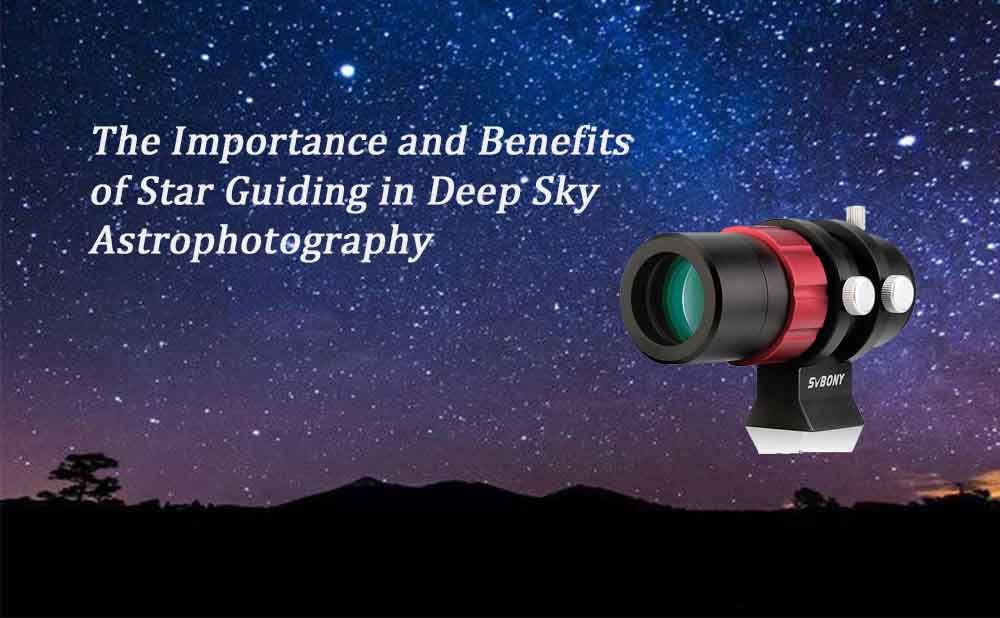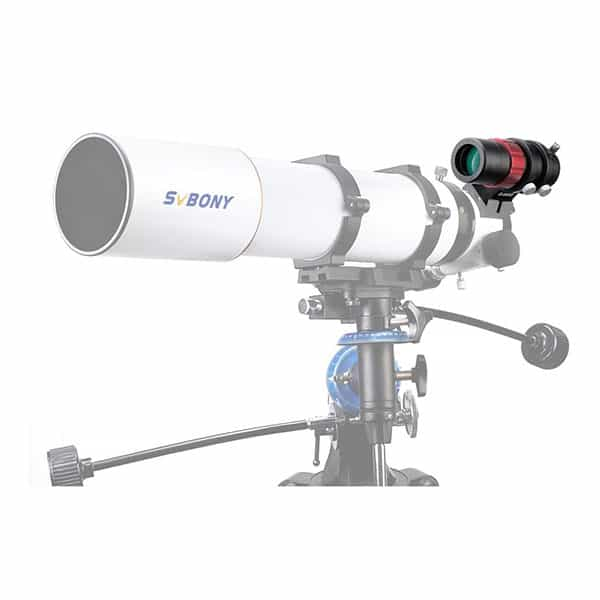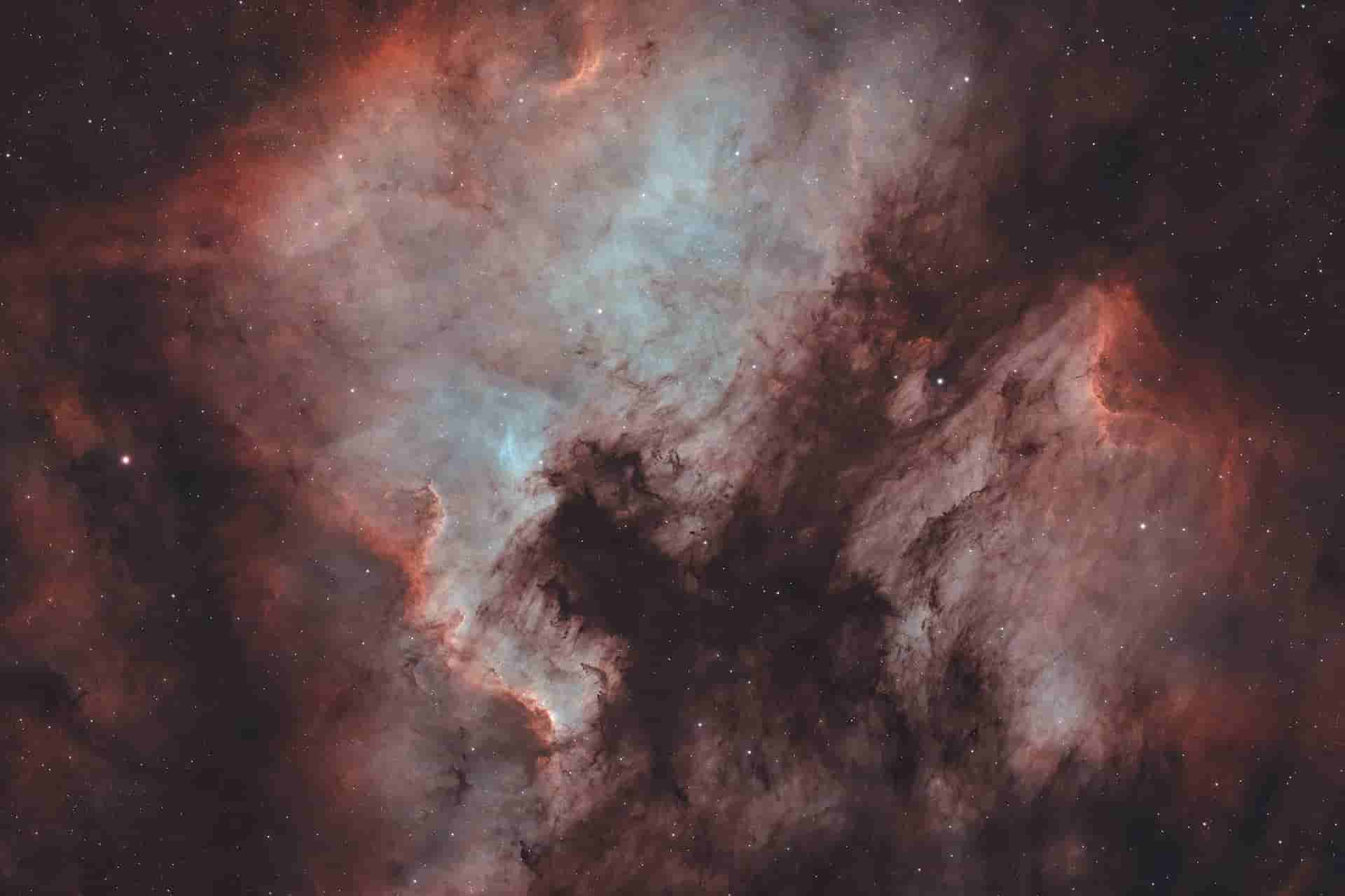The Importance and Benefits of Star Guiding in Deep Sky Astrophotography

The Importance and Benefits of Star Guiding in Deep Sky Astrophotography
Star guiding can be considered an eternal topic in deep sky astrophotography. Due to the dimness of most deep sky objects, it often requires long exposures (several minutes to tens of minutes) to capture them on the image sensor. During the exposure, even a slight movement or hiccup in the tracking system can ruin the entire shooting process. This becomes particularly frustrating when tracking issues occur towards the end of a long exposure.

We refer to tracking without star guiding as "blind tracking." In blind tracking, it is essential to ensure that the equatorial mount accurately tracks the apparent motion of celestial objects across the sky. This places high demands on the entire equatorial mount-telescope system. Firstly, the right ascension and declination axes must maintain balance at any angle to keep the mount's payload stable. Secondly, the worm-gear system of the mount needs to have high machining precision to ensure precise and stable engagement. Furthermore, the tracking drive system (tracking controller and motor) must operate steadily and at accurate speeds. Additionally, precise calibration of the mount's polar axis is necessary. Only when all these conditions are met can blind tracking be reliable. The machining and installation accuracy of the equatorial mount itself play a decisive role in the precision of blind tracking. High-precision equatorial mounts come with a hefty price tag, and as machining precision increases, the cost rises significantly. Moreover, due to atmospheric refraction, which occurs as starlight enters the Earth's atmosphere, there is atmospheric turbulence known as "atmospheric seeing." Except when starlight enters the atmosphere vertically, star points' apparent motion won't strictly match Earth's rotation rate (non-uniform angular velocity). This led to a relatively affordable solution that can overcome atmospheric seeing: star guiding.

The emergence of star guiding not only allows for high-precision tracking photography with lower-precision equatorial mounts but also effectively mitigates the effects of atmospheric seeing. Its principle is similar to a large closed-loop feedback system. By adding a small guiding scope to the equatorial mount and aligning it with a star in the sky, the star's image can be kept stationary within the eyepiece by adjusting the tracking motor's speed. This enables precise tracking of the star's apparent motion by the equatorial mount. Typically, the guiding star is placed within a circle in the center of the reticle's crosshairs. The advent of automatic star guiding has liberated enthusiasts from the tediousness of manual star guiding, allowing for fully automated tracking-correction-retracking processes. Automatic star guiding requires a computer, camera, and corresponding guiding software (although standalone controllers are also available). Furthermore, the equatorial mount needs to have interfaces that support automatic star guiding.
Conclusion
In summary, star guiding is crucial for achieving precise tracking, enabling longer exposures, overcoming atmospheric seeing, and improving overall image quality in deep sky astrophotography. It is an indispensable technique that empowers astrophotographers to capture breathtaking images of the wonders of the universe!








